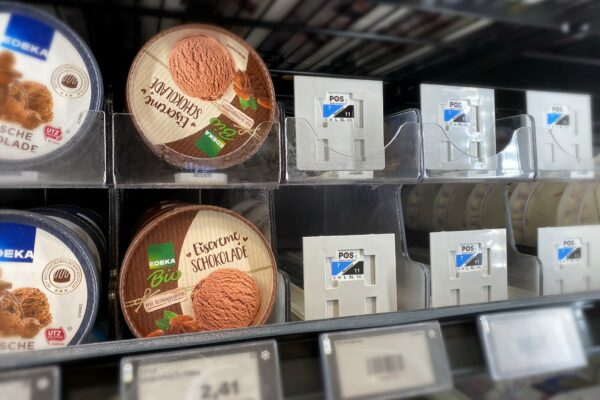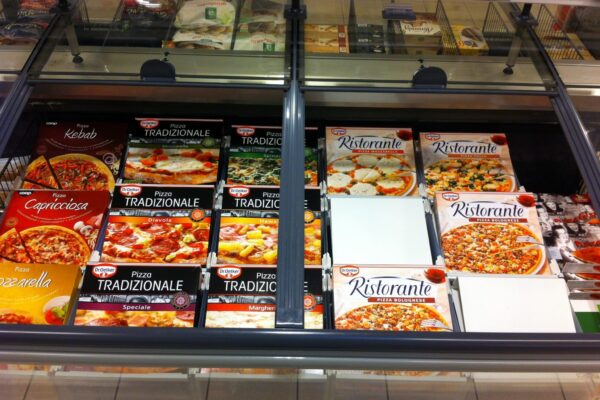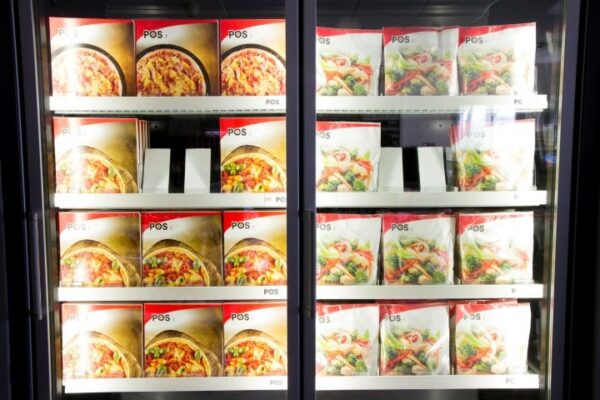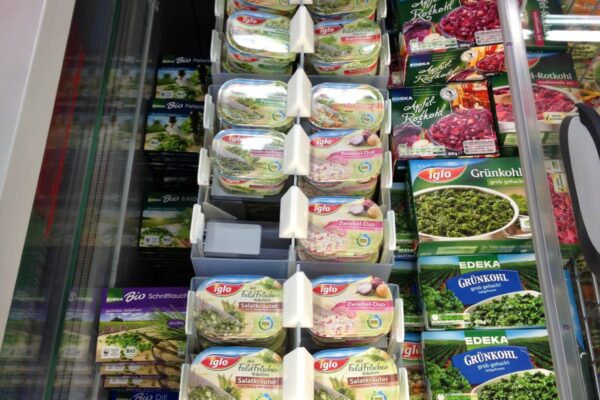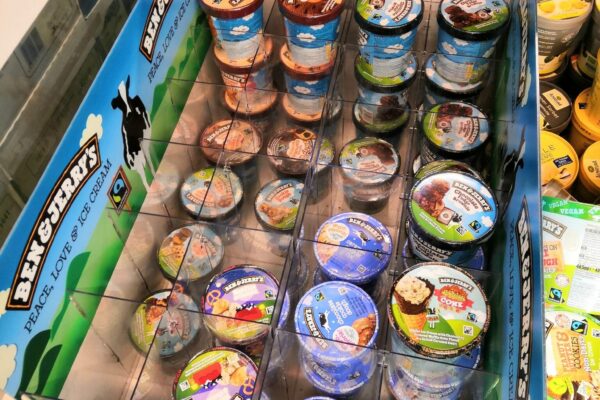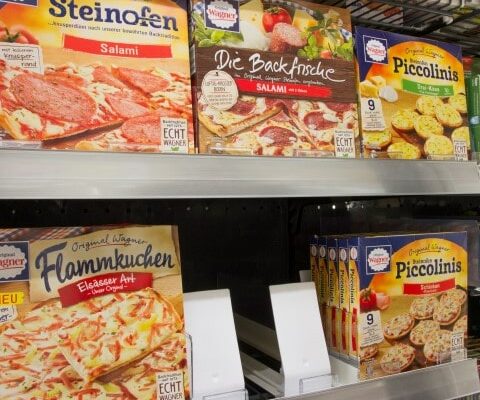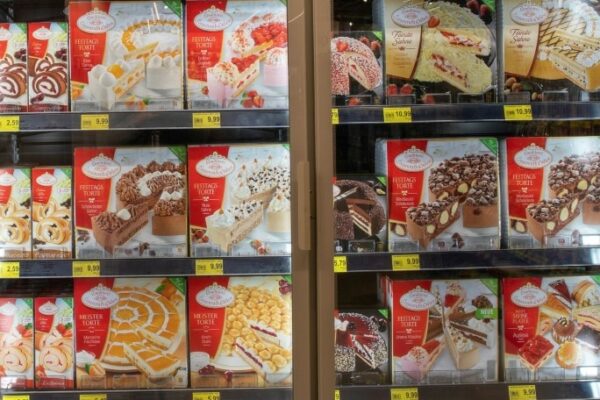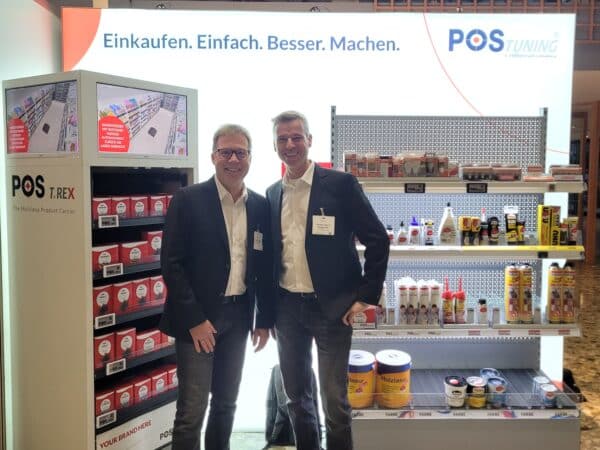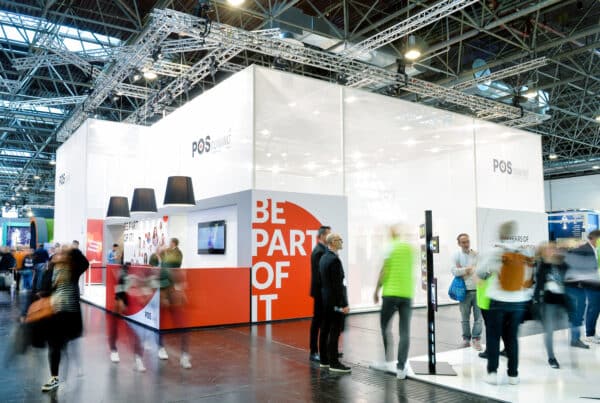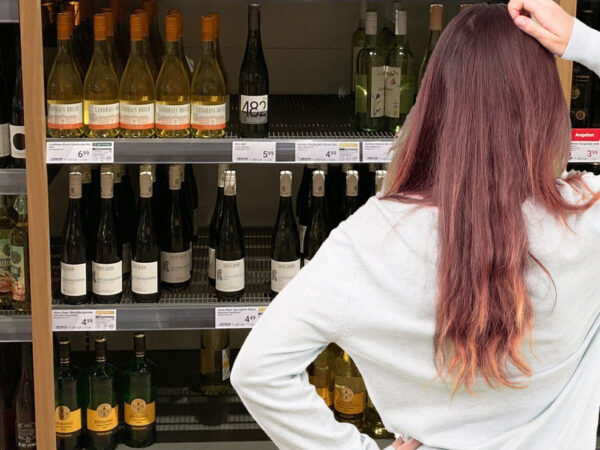POS TUNING takes a look at the past and dares to look ahead
POS TUNING as a competent partner for optimally equipped freezers
Bad Salzuflen (bre). Have you ever thought about your freezer? Probably not. The contents are usually more interesting. Is there still enough pizza and ice cream? And is there still room for the chips?
But it is actually worth looking into the history of the freezer, because this year there is a special anniversary: a proud 145 years to celebrate! In 1876, the German engineer Carl von Linde developed the first technical-chemical refrigeration machine with ammonia liquefaction. At first, the refrigeration technology was only used in dairies, breweries, slaughterhouses, chocolate factories and the food industry. But it was the starting signal for the unique path to success of this type of food storage.
But the road was not easy: initially, scepticism spread. It was not until 1955 that frozen food was introduced at the General Food and Drink Exhibition (ANUGA) in Germany. With moderate success. Nobody seemed to be interested in it. To give the new unknown “product from the ice” a bit more momentum, a year later 400 freezers were set up in Rhineland grocery shops in a field trial. This trial was called the “Cologne-Bonn freezer test”. The idea was to whet the appetites of particularly courageous customers for the new frozen food products. But the real breakthrough was not yet in sight. In 1960, the average consumption of food from the freezer was 400 grams per year. Today, per capita consumption is almost 45 kilograms a year. According to a study by the DTI (Deutsches Tiefkühlinstitut e.V.), Germans consumed an average of 89.8 kilograms of frozen food per household.
The fact that a lot has happened in 145 years of “freezer history” can be seen not only in the further development of freezer cabinets. In the beginning, there were big bulky freezers and chest freezers, which also had a hard time from an environmental point of view. The first models were cupboard-like containers on four legs and the gases that sometimes escaped were highly toxic.
Today, models are on a much more advanced path. Modern freezers and cabinets are energy-saving. They come in every conceivable size and design. For use at home, the choice is also versatile. In supermarkets, there are now long rows of freezers in addition to the familiar chest freezers. The products presented in them outdo each other in variety. Spinach, pizza and chips have long since gained some competitors in the hunt for the customer’s favour.
And the customer is happy to take advantage of this variety. Fish, meat, poultry, fruit and vegetables and all kinds of baked goods are only part of the wide selection. With the variety of products, the way the products are presented has also had to evolve. The times when a freezer cabinet resembled a “rummage table” in a department store are over. The customer wants to be able to find his products quickly and reach them without any effort. Crouching or tiptoeing to find the product in the far corner is no longer an option.
So it is not only the freezer that has changed over the years, but also the customer and the way they shop. Refrigerated cabinets must be designed in an environmentally friendly way and offer space for the variety of products, sometimes in a limited space. The perfect interior design is the key to success.
With its solutions, POS TUNING is a competent partner for optimally equipped freezers. It doesn’t matter whether it’s a freezer cabinet or a chest. POS‑T lift systems bring products in the freezer right to the top and thus into the field of view and reach in a way that promotes sales. This makes it easier for the customer to remove the products and also minimises the amount of maintenance required by the staff. The clear and tidy appearance increases the impulse purchase rate and thus also turnover.
Product presentation in freezers can also be perfected with POS TUNING’s push feed systems. All products are always in the front row. The customer no longer has to search long or stretch for his product. This shortens the door opening time and saves energy. But there is also less risk of products getting stuck in the back of the cabinet. The feed systems are designed to keep the risk of icing as low as possible. Shelf gaps are also detected more quickly and out-of-stock situations can be better avoided.
145 years of the freezer — part of the story is behind us. What can we expect in the future?
Technology will continue to develop, because the demands for climate protection will also increase. Demand for space-saving refrigeration solutions will probably increase, because mini supermarkets are becoming more and more popular. This also means that product placements and presentations will have to make do with less and less space. So only mature and innovative ideas that create more space in a small area can help. POS TUNING has already developed solutions for this. For example, a stacked presentation of ice-cream cups so that two facings can be accommodated in one space. So it remains exciting. But whatever happens — POS TUNING will “Make. Shopping. Simply. Better.”


